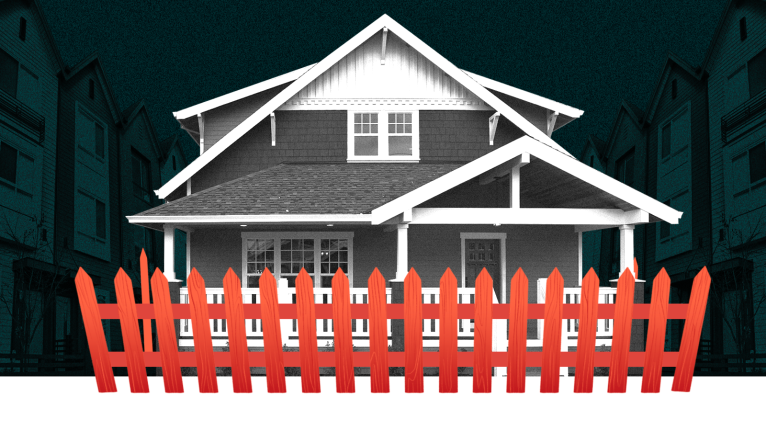For decades, federal roadway maintenance and other infrastructure spending has been primarily funded through a national gasoline tax. If America’s crumbling roads are any indication, however, the tax is not generating enough revenue to keep up with infrastructure needs. For one, the tax has stood at 18.3 cents per gallon for nearly 30 years, meaning its value has been undermined by inflation. On top of that, with the push for more electric and fuel-efficient vehicles across the U.S., some worry that gas tax revenue will only further diminish, even as the country’s infrastructure needs grow.
Enter the vehicle miles traveled tax, or VMT tax. The idea is simple: Taxing every mile traveled by a given driver is the most precise way to tax the actual use of infrastructure, allowing funding to automatically keep up with the amount of wear and tear. In 2006, a Department of Transportation-commissioned report called the idea “the most promising technique for directly assessing road users for the costs of individual trips.” Oregon and Utah have introduced state-level versions of the policy.
At the federal level, however, policymakers have been more wary about a VMT tax. In 2009, then-Transportation Secretary Raymond LaHood suggested the Obama administration was considering the measure, but he was rebuked by the White House. A similar situation played out over the weekend, when current Transportation Secretary Pete Buttigieg made headlines for telling CNBC that a mileage tax “shows a lot of promise,” especially “if we believe in that so-called user-pays principle.” The Biden administration quickly made clear that such a measure was not going to be part of the president’s upcoming $3 trillion infrastructure package, and Buttigieg walked back his comments on Monday.
In other words, it may take a while for the VMT tax to make it to prime time. And before it does, VMT proponents will have to reckon with significant equity concerns. Like the gas tax, and like sales taxes in general, a VMT tax would be regressive if applied uniformly across income brackets: It would take a larger percentage of income from low earners than it would take from high earners. That tracks with the way that transportation costs generally are unevenly distributed by income: While the average American spends roughly 13 percent of their income on transportation, that figure jumps to nearly 30 percent for the lowest-earning fifth of the population.
A VMT tax would also be likely to disadvantage rural communities, as well as communities of color generally. The former lack robust public transportation and also face long commutes to jobs and even essential services: A 2018 report found that rural communities commute nearly twice as long for hospital services compared to urban communities. And in urban areas, low-income workers and people of color frequently face a spatial mismatch between where they live and where jobs are located, making their commute times longer and access to public transportation spottier. A VMT tax could exacerbate this burden. The tax could also disadvantage precarious rideshare and delivery workers, especially those who work as independent contractors and therefore will see any new taxes come directly out of their take-home pay.
Some VMT tax proponents are working to account for these disparities. One group of U.S. researchers has suggested a mileage tax where rates rise at fixed intervals with the driver’s income bracket. They found that such a policy could allow governments to both meet their revenue needs and make their policies equitable. If future administrations want to revive the hope of a VMT tax, they’ll likely want to take such considerations into account, too.




